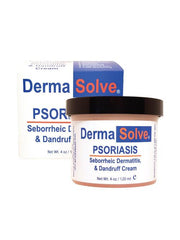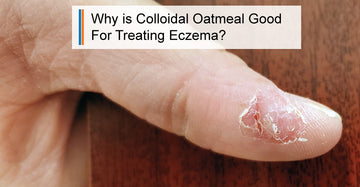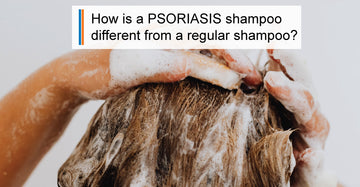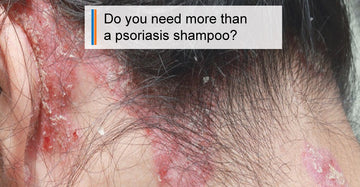
Plaque Psoriasis Build up
Psoriasis in general is the #1 autoimmune disease in the world. It’s a skin condition that doesn’t discriminate by race, sex, age or even geographic location. No one really knows what causes it and why one person gets it and another does not. Scientists have identified it to have a genetic relationship. However, in a family that shares the same genes, one child may get psoriasis and the other may not. So it is not quite that simple. Until the doctors and scientists figure things out it is important to learn from what we do know. Psoriasis can be identified as five different types.
So what is Plaque Psoriasis?
The way you identify all of the types of psoriasis is by their symptoms. Plaque psoriasis can easily be identified by the silvery grey patches that are caused by the buildup of dead skin cells that are produced by the skin condition. Many people understand the term plaque as it relates to our teeth or the dental world. In the world of anatomy the word plaque is any build up on the skin or even in the arteries. But let’s face it, the symptom known as plaque does not appear over night. It takes a significant amount of time and buildup for the condition to look like plaque. If caught early and treated regularly the plaque buildup can be controlled. But don’t be fooled. The reason we see people with plaque buildup from their psoriasis is because fighting this skin condition is a never ending battle. There is no cure for psoriasis and you will have to accept it and treat it for the rest of your life unless we find a cure. But don’t despair there are some amazing over-the-counter topical treatments that have been developed to help you fight the battle.
So what is Plaque Psoriasis if there is no Plaque?
When plaque psoriasis is just developing and if someone is controlling their skin condition there may be no visible signs of plaque. There are several other symptoms associated with plaque psoriasis that are also used to diagnose this condition. Plaque psoriasis is most commonly found in the elbows and knees area. If often starts as dry patches that will never clear up no matter how much moisturizer you use. The skin is typically red under all the dry skin cells so redness is another symptom. Anytime we have dry flaky skin there is always itching that follows. Think about how your skin itches when your skin is peeling after a sunburn. Dry flaky skin and itching are two additional symptoms of plaque psoriasis. But let’s not forget irritation. People who scratch itches often cause irritation and sometimes bleeding. We have all done it. Perhaps it is a mosquito bite or a scab that is healing. If it itches we scratch it. With plaque psoriasis we have to moisturize instead of scratching to avoid the irritation.
Give Me the Bottom Line. What is Plaque Psoriasis?
There is a lot to learn and a lot to do to treat plaque psoriasis. But to keep it simple, plaque psoriasis has five typical symptoms; dryness, redness, itching, irritation and scaling. If left untreated the scaling will build up on the skin can become grey or silver looking. These patches are called plaque and this is why it is called plaque psoriasis.
If you are reading this article you are likely new to psoriasis. The best way to treat this skin condition is to actively treat it every day. Think of treating your psoriasis like all of the other things we do every day like brushing our teeth, eating breakfast or going to school or work. If you actively treat psoriasis you can control the symptoms and live a happy healthy life with normal looking skin. Whatever you do, please do not let the psoriasis get you down. Remember you are not alone. There are millions of people that have plaque psoriasis and there are so many helpful people and organizations that can assist you in treating your condition.






